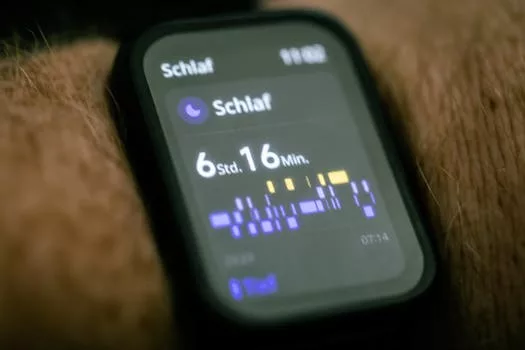
“
The Convergence of AI and Wearables: Shaping the Future of Personal Tech in 2025
The convergence of AI and wearables is one of the most exciting and rapidly evolving areas of personal tech. As we move into 2025, it’s clear that this integration is transforming the way we live, work, and interact with our surroundings. In this article, we’ll explore the current state of AI and wearables, their applications, and what the future holds for this dynamic duo.
What are Wearables?
Wearables are small, portable devices that can be worn on the body to track various aspects of our health, fitness, and daily activities. From smartwatches to fitness trackers, wearable technology has become increasingly popular over the past decade. These devices use sensors and software to collect data on our vital signs, movement, and environment, providing us with valuable insights into our behavior and habits. For more on this topic, check out Wearable Tech in 2025: Bridging the Gap Between Health and Technology.
How is AI being used in Wearables?
Artificial intelligence (AI) is being used in wearables to analyze the vast amounts of data collected by these devices. AI algorithms can identify patterns, detect anomalies, and provide personalized recommendations based on our behavior and preferences. For example, a smartwatch can use AI to track our sleep patterns, detect when we’re most active, and provide tailored suggestions for improving our sleep quality and increasing our physical activity. This innovative use of technology is covered in more detail in The Future is Now: Key Wearable Tech Innovations to Look Out for in 2025.
Applications of AI-Powered Wearables
AI-powered wearables have a wide range of applications across various industries, including healthcare, fitness, and entertainment. Some examples include:
- Health Monitoring: AI-powered wearables can track our vital signs, detect early warning signs of disease, and provide personalized recommendations for improving our health and wellbeing.
- Fitness Tracking: AI-powered wearables can track our physical activity, detect when we’re most active, and provide tailored suggestions for improving our fitness and performance.
- Smart Home Control: AI-powered wearables can integrate with smart home devices, allowing us to control our environment with ease and convenience.
The Future of AI and Wearables
As we move into 2025, we can expect to see even more exciting developments in the convergence of AI and wearables. Some potential trends and innovations include:
- Increased Adoption: Wearables are becoming increasingly mainstream, and we can expect to see more people adopting AI-powered wearables in the coming years.
- Advanced Sensors: Next-generation wearables will feature advanced sensors that can track a wider range of health and fitness metrics, providing even more valuable insights into our behavior and habits.
- Integration with Other Technologies: AI-powered wearables will integrate with other technologies, such as augmented reality (AR) and the Internet of Things (IoT), to create even more seamless and interactive experiences. For insights on these advancements, refer to Wearable Tech 2025: Innovations That Will Change How We Interact with the World.
Conclusion
In conclusion, the convergence of AI and wearables is transforming the personal tech landscape. From smartwatches to fitness trackers, AI-powered wearables are revolutionizing the way we live, work, and interact with our surroundings. As we move into 2025, we can expect to see even more exciting developments in this space, from increased adoption to advanced sensors and integration with other technologies.




